It wasn’t that way back when the one option to make your favourite PC video games look higher was to purchase the easiest graphics card available on the market, however that’s modified lately, largely because of an Nvidia expertise generally known as Deep Learning Super Sampling, or DLSS for brief.
Utilizing superior, hardware-accelerated machine studying, DLSS lets your PC render fewer pixels per replace cycle, whereas nonetheless pushing out sharper frames, steadier ray-traced lighting, and multiplayer-ready body charges that after demanded considerably extra processing energy. It’s an AI engine that provides you further frames per second, virtually without spending a dime.
But how does this expertise really work? Which options do you get on which playing cards? And is “DLSS Quality” all the time the proper name?
I’ve spent years working with Nvidia’s DLSS, and I’m right here to interrupt down the totally different variations, separating delusion and advertising and marketing from actuality, and clarify when to make use of this expertise, .
What is DLSS?
DLSS is a collection of AI-powered graphics strategies that run on the devoted Tensor Cores inside GeForce RTX GPUs.
Instead of brute-forcing each pixel of each body at your monitor’s native decision, DLSS lets the sport render a lower-resolution base picture after which makes use of a neural community educated on 1000’s of high-resolution examples to reconstruct a crisper picture at greater decision in actual time.
The result’s typically image high quality that virtually matches that of a local rendered body, however at a fraction of the workload, permitting for extra frames per second to be generated for smoother gameplay.
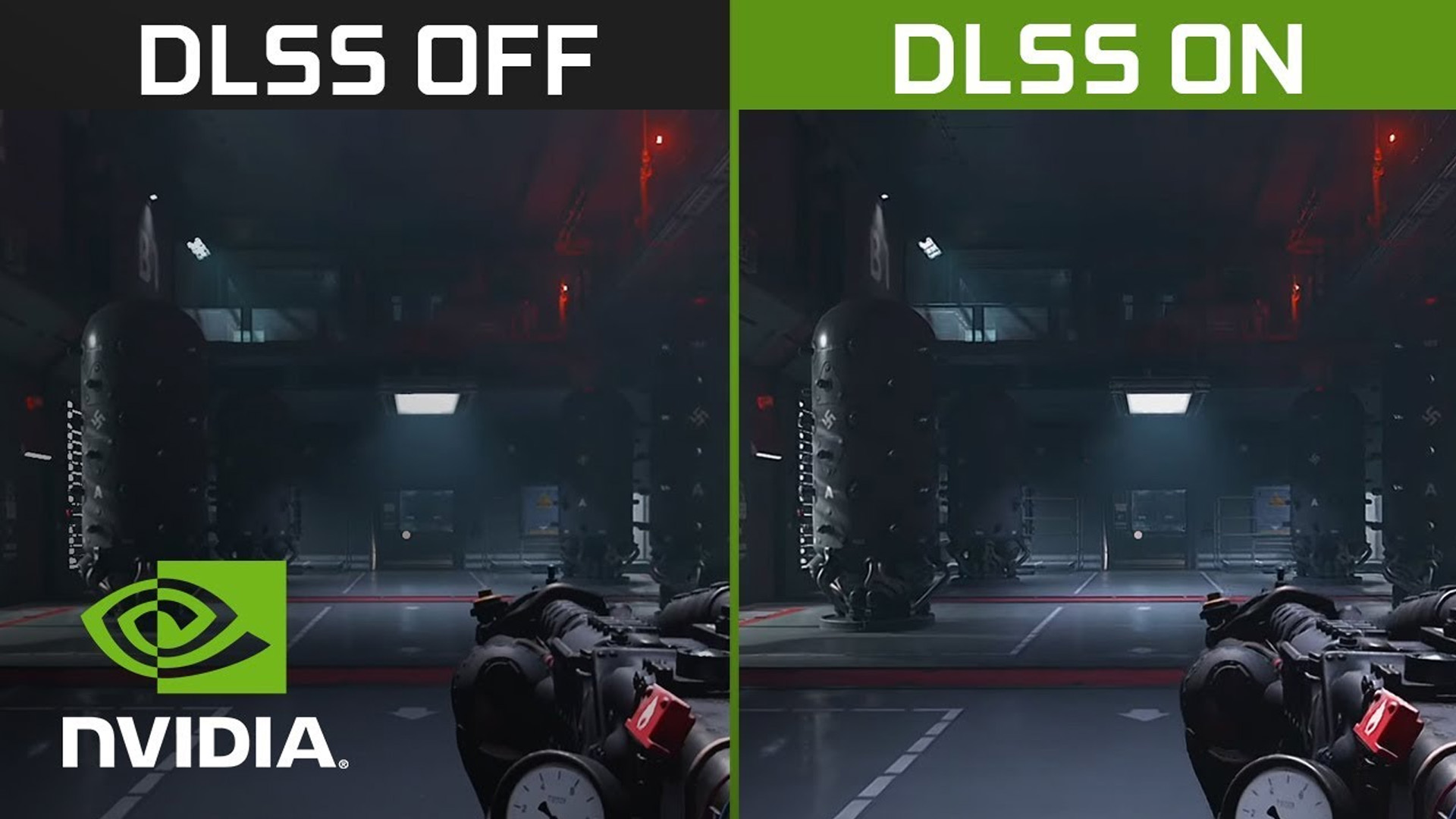
What does the DLSS do?
DLSS has grown over time into an umbrella time period that covers a number of associated applied sciences:
DLSS Super Resolution – AI upscaling that turns a lower-res body right into a higher-res one.
DLSS Ray Reconstruction – Does away with a number of ray-tracing denoisers for various video games and makes use of a single transformer AI mannequin to provide higher lighting and shadows.
DLAA (Deep Learning Anti-Aliasing) – Uses the identical neural community purely for high-quality edge smoothing at native decision.
DLSS Frame Generation (launched in DLSS 3) – Inserts an AI-predicted body between two actual ones, successfully doubling movement smoothness.
DLSS Multi Frame Generation (new in DLSS 4) – Goes even additional, creating as much as three AI frames for each 1 game-engine body.
Taken collectively, these applied sciences increase framerates, stabilise ray-traced visuals, and sharpen element, with NVIDIA Reflex conserving latency to a minimal.
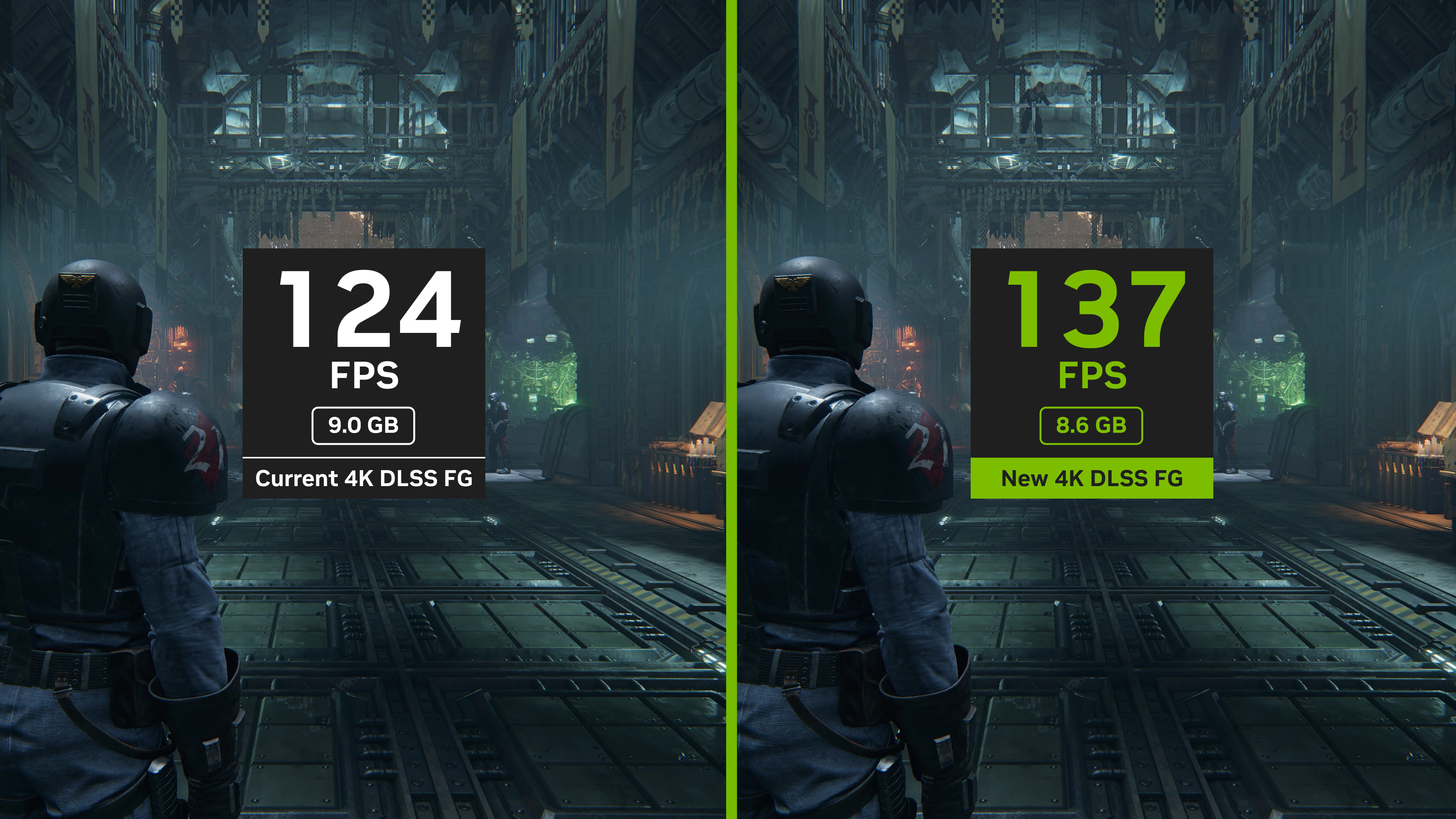
Is it higher to show DLSS on or off?
For practically all conditions, the reply can be to show DLSS on. DLSS leverages AI-specific {hardware} that isn’t used elsewhere throughout the body rendering course of, so turning it on isn’t taking assets from one thing else, and utilizing it could possibly carry severe positive factors in a sport’s body charge. That stated, there are some caveats to that recommendation:
Frame saturation: If your graphics card already produces extra frames per second than your monitor’s refresh charge at native decision can assist (say, 200 fps on a 144Hz monitor), turning DLSS gained’t add a lot of a noticeable distinction.
Image-quality tolerance: Nvidia’s new DLSS transformer fashions have successfully fastened the issues of earlier DLSS fashions that generally produced wonky visible artifacts or blurriness, however some customers should still spot uncommon artefacts comparable to ghosting on superb wires or HUD parts.
Game assist: While most of the newest PC video games assist DLSS, there are notable exceptions, like Starfield, and in my testing, some video games work higher with AMD’s FidelityFX Super Resolution. You’ll wish to check each applied sciences (and probably Intel XeSS), the place accessible, to search out the perfect outcomes in your sport and settings.
Mode alternative: DLSS usually gives Quality, Balanced, Performance, and Ultra-Performance modes, with efficiency modes buying and selling some visible high quality for a lot greater FPS. My recommendation is to allow DLSS Quality mode first and consider your FPS. If you want extra frames, transfer right down to Balanced or Performance modes till you hit your goal body charge.
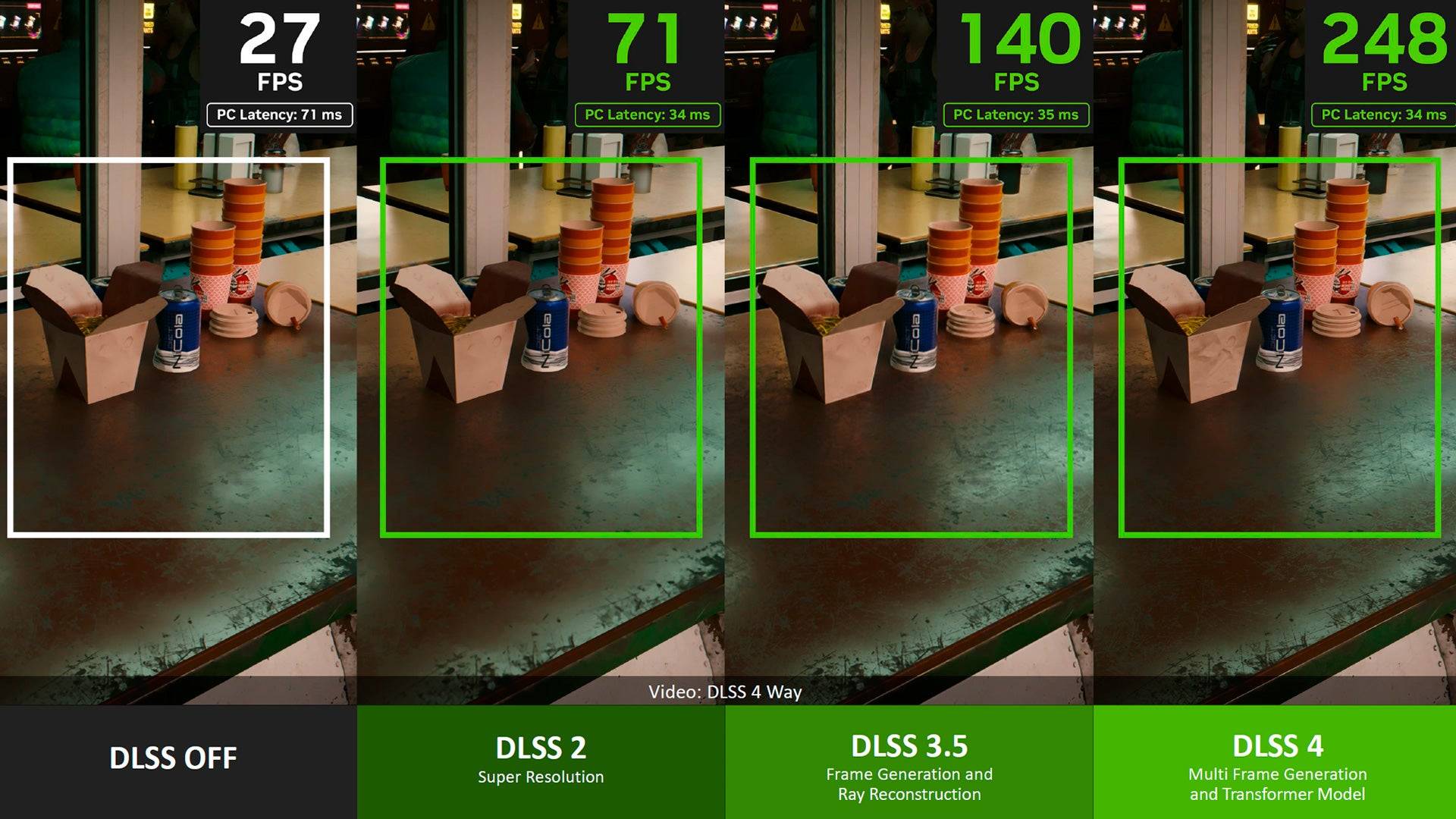
Does DLSS enhance FPS?
Yes—generally dramatically. Even with out Frame Generation, which could be considerably controversial amongst some customers, DLSS could make video games playable at resolutions and settings greater than advisable for a given graphics card. The 8GB VRAM within the RTX 4060 largely precludes its with the ability to successfully sport at 1440p, however with DLSS, you largely can, particularly when you avoid intensive settings like ray tracing.
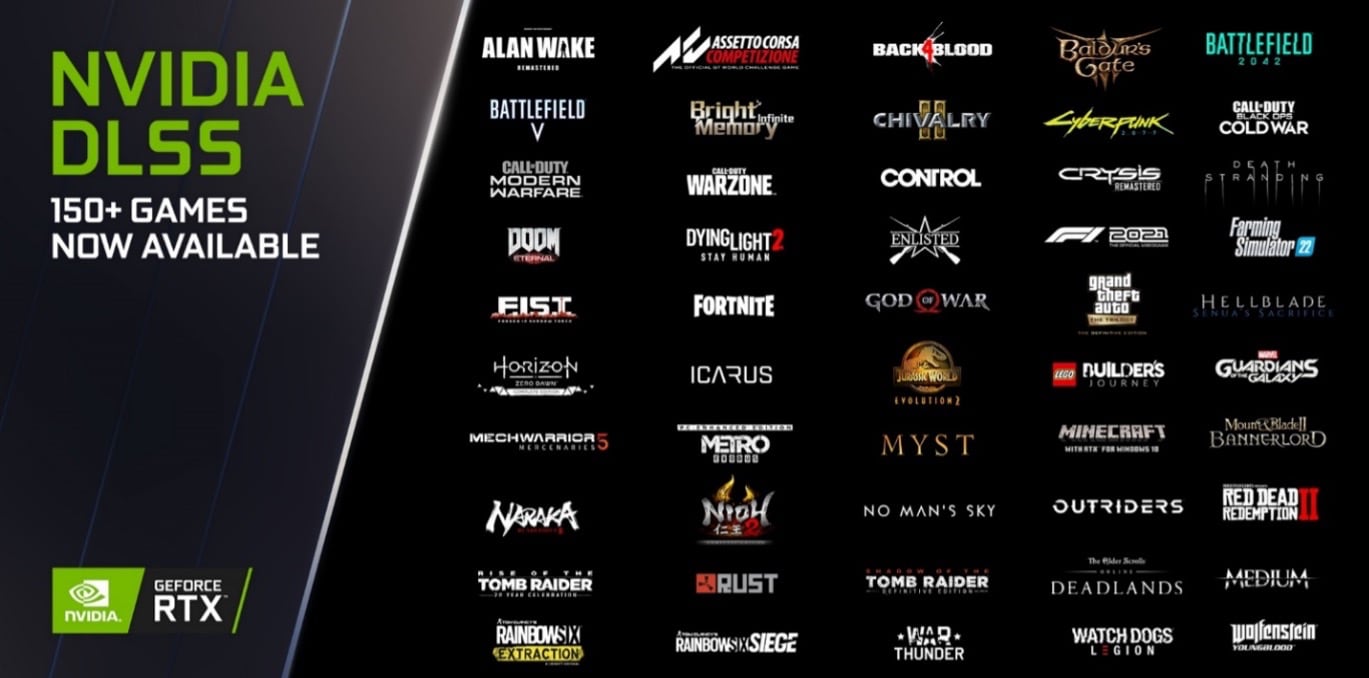
Is DLSS just for RTX 40?
No. Every era of GeForce RTX—from 20-series Turing playing cards onward—can run DLSS Super Resolution and Ray Reconstruction, supplied the sport helps them.
What was 40-series-exclusive at launch is Frame Generation (DLSS 3); that characteristic depends on the Optical Flow Accelerator launched with the Ada Lovelace structure, and so Nvidia RTX 20 and RTX 30 collection playing cards can’t use it.
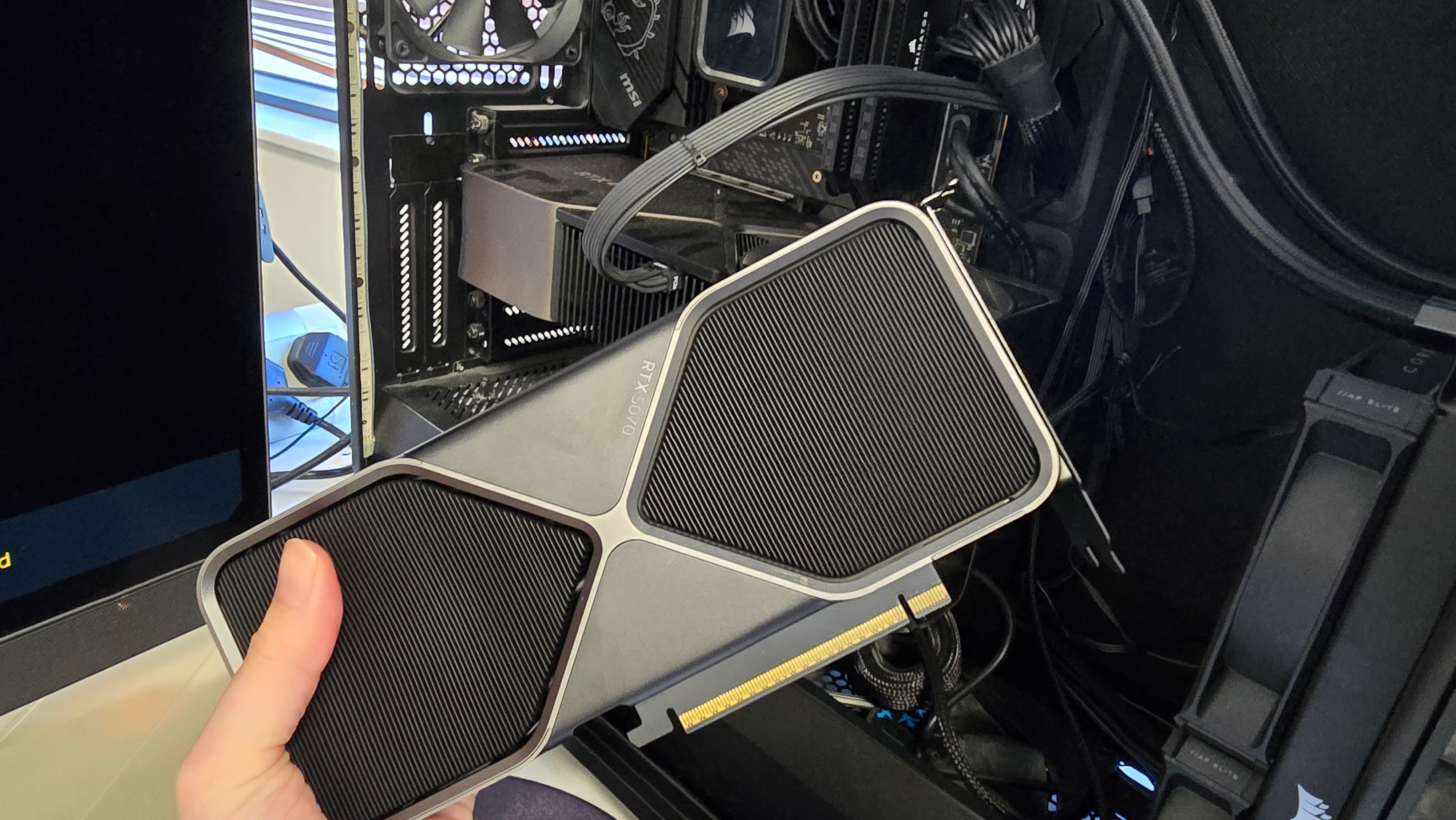
Can any graphics card use DLSS?
DLSS requires NVIDIA’s Tensor Cores, so it’s restricted to GeForce RTX GPUs (desktop, laptop computer, or cloud). Owners of AMD or Intel playing cards can use rival, open-standard options—AMD FSR and Intel XeSS—however DLSS is strictly restricted to Nvidia RTX playing cards.
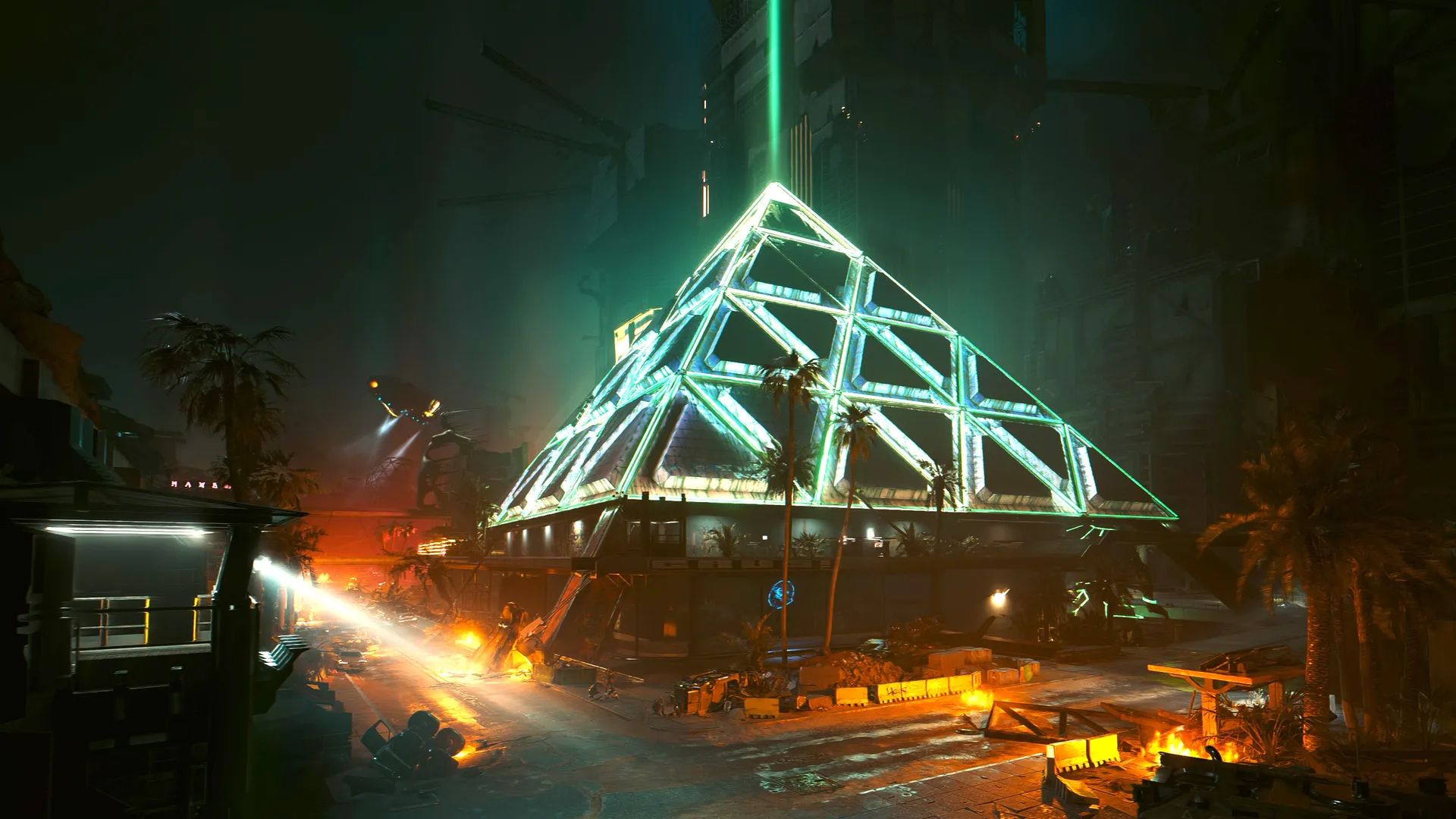
Is DLSS 4 just for 50 collection?
Multi-Frame Generation, the headline characteristic of DLSS 4, is locked to the brand new RTX 50-series and its fifth-generation Tensor Cores.
However, the underlying transformer AI mannequin that sharpens Super Resolution and Ray Reconstruction could be enabled on earlier RTX playing cards via the NVIDIA App, so you continue to achieve image-quality enhancements, simply not the three-for-one body era characteristic.

The way forward for DLSS
DLSS started life in 2019 as a single-purpose upscaler and has since grow to be a full neural-rendering pipeline.
Whether you crave buttery-smooth esports body charges or wish to push path-traced lighting with out melting your GPU, DLSS offers you free efficiency in trade for Tensor-Core horsepower you already personal.
And with every new era, the AI will get smarter, so flipping that little toggle within the choices menu is more likely to stay one of many largest “on the spot improve” buttons in PC gaming for years to come back.
